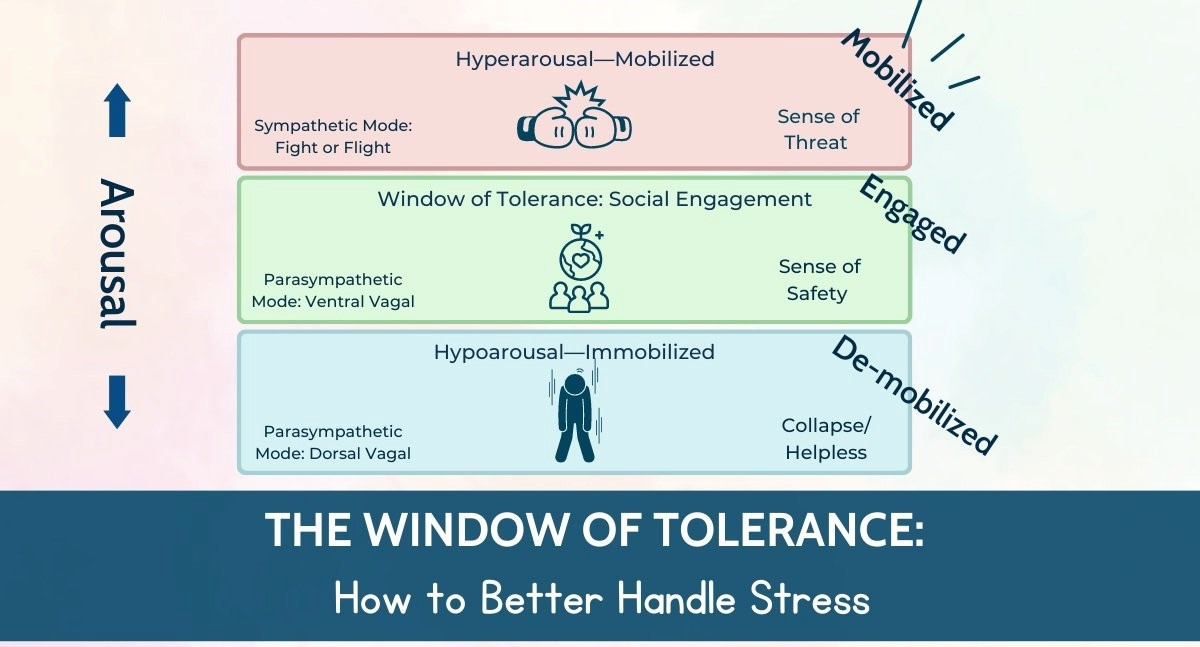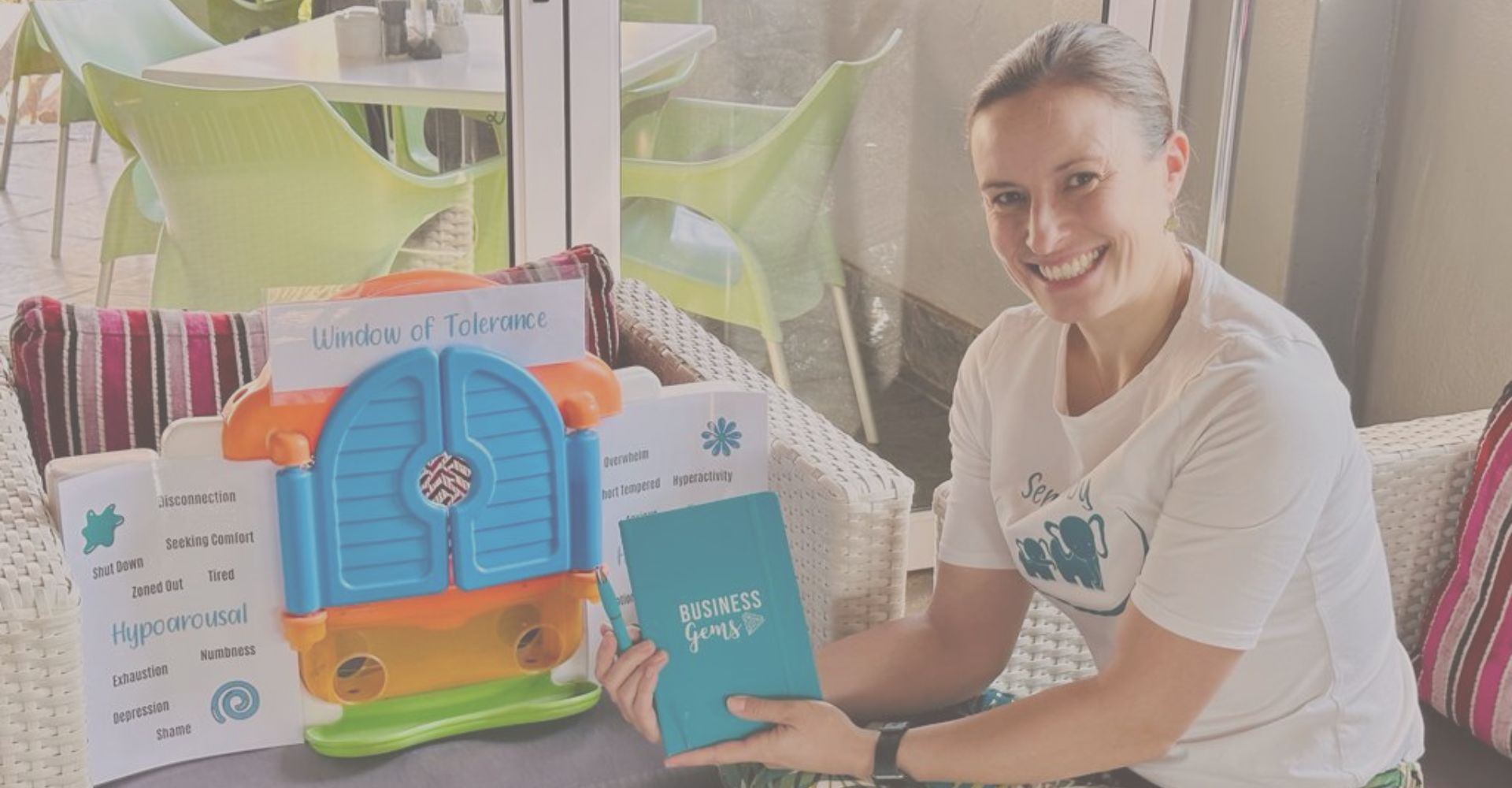During the recent Business Gems Thursday Mastermind session, I was a guest speaker and delved into the topic and hand-out below. Jess asked that I share it with the greater Business Gems community.
What is Burnout?
- Emotional exhaustion.
- Depersonalization.
- Decreased sense of accomplishment.
(Freudenberger, 1975)
Common Signs: Feeling tired, drained, helpless, cynical, negative. We may feel detached, numb, overwhelmed, ill. Behaviourally, we may procrastinate, avoid, overreact, retreat, escape.
Burnout is sometimes about our individual perceptions of a situation; our values and our emotional investment.
Stress versus Stressors
“Emotions are tunnels. If you go all the way through them, you get to the light at the end. Exhaustion happens when we get stuck in an emotion”
(Emily & Amelia Nagoski, 2020)
We have to identify our stressors and deal with them in the best possible way, but sometimes stressors are out of our control. In this case, we need to manage the stress itself. Suppressing feelings can lead to significant symptoms. Having an awareness of how our body and mind respond to stress can help us deal with it.
Four threats to the brain and our nervous system:
- Physical threat, safety risk and pain
- Perceptions of the unknown
- Incongruence in the environment
- ‘Shoulds’ and unrealistic expectations
(Lisa Dion, Synergetic Play Therapy)
We can use the ‘5 Whys’ technique to run through problems we are unsure about.
(Ohno, 1988)
The Window of Tolerance
A concept developed by Dr. Daniel Siegel, in 1999.
When we are within our window of tolerance, we feel regulated; we are able to learn, manage low-level stress, relate well with others and play and relax. This is an ‘optimal zone of arousal’.
Either side of the window is a state of dysregulation: hyper or hypo arousal, where our nervous system is in charge and our executive functions are often hijacked.
Hyper-arousal may look and feel like: overwhelmed, hyperactivity, emotional flooding, stress, anxiety, short-tempered, unsettled, disorganized, panicked.
Hypo-arousal may look and feel like: Disconnection, shut down, comfort-seeking, zoned out, tired, exhausted, numb, depressed, ashamed.
Many of us move up and down in the window throughout each day, but if you find yourself repeatedly in hyper or hypo arousal, then it’s time to think about what support you need. Sometimes hyper/hypo reactions can be a trauma response, often symptomatic of a latent trauma.

(Dr Neff, Neurodivergent Insights)
Questionnaire
Are you feeling that you might be burnt out? Download the stress and burnout questionnaire.
For more information, you can contact Caroline Gartland at +267 75 305 964 carolinefgartland@gmail.com
SensoBaby offers Parenting Consultations and emotional well-being programs for children aged 4 – 8 years old, as well as early years interventions.

